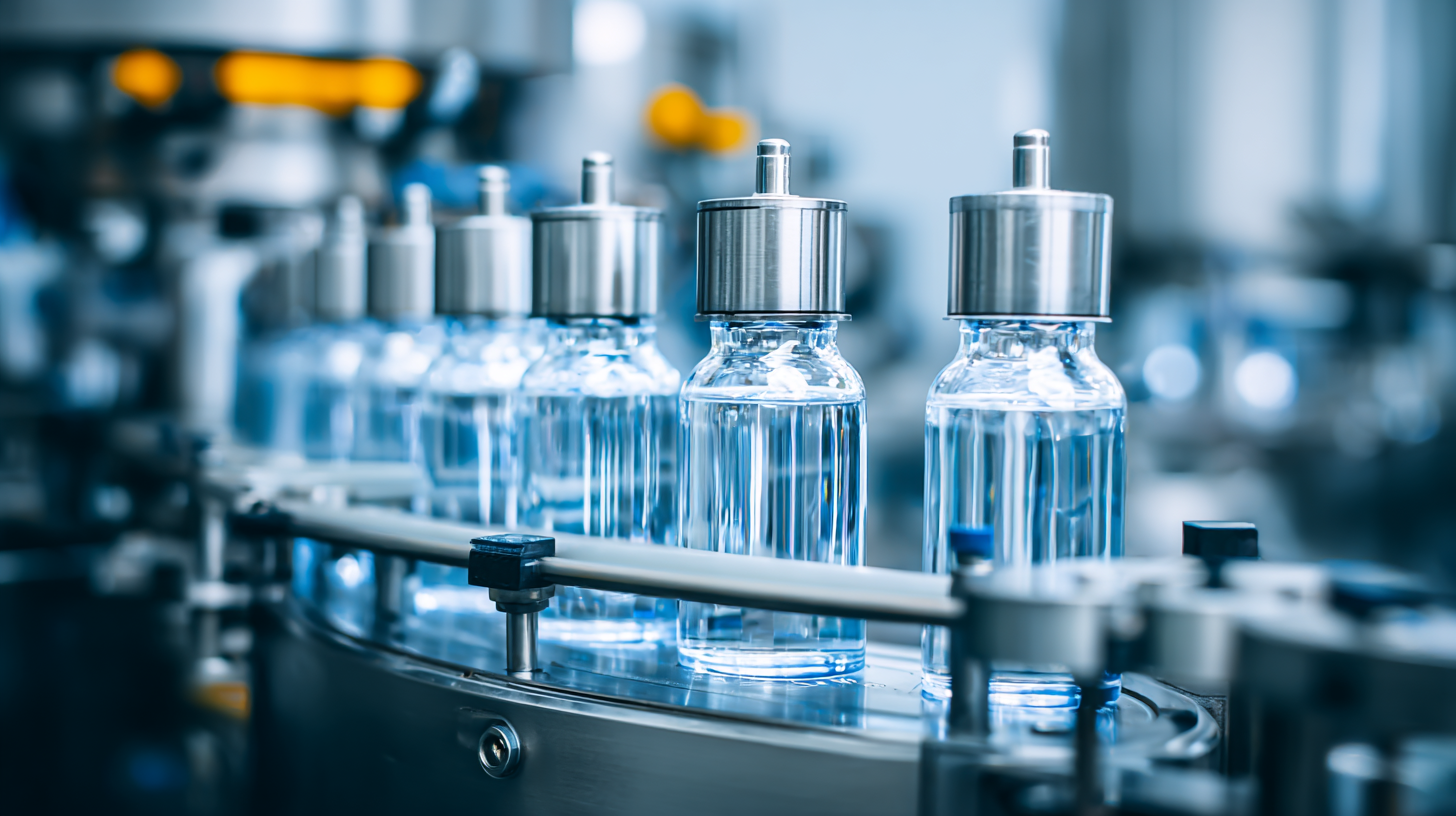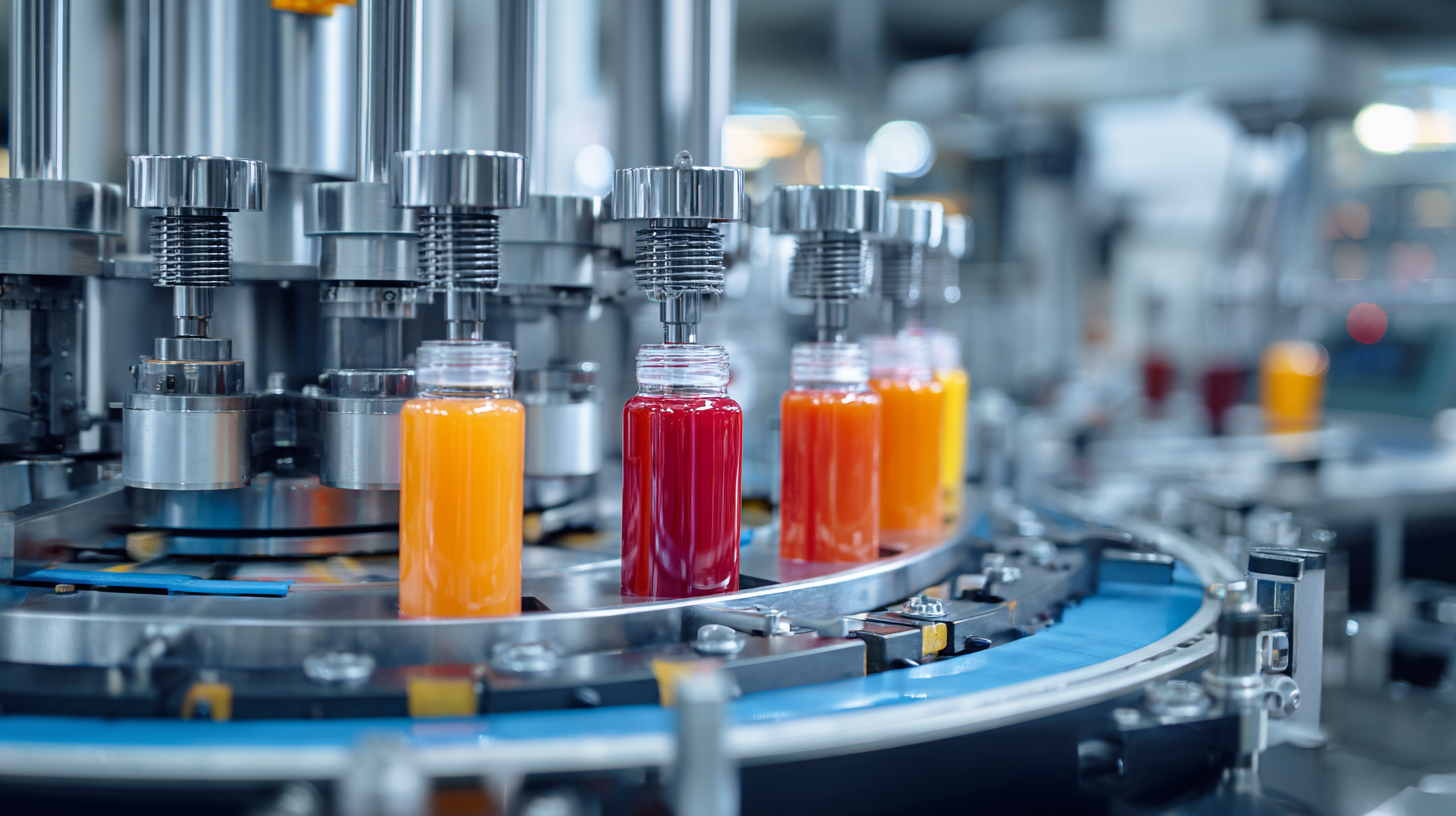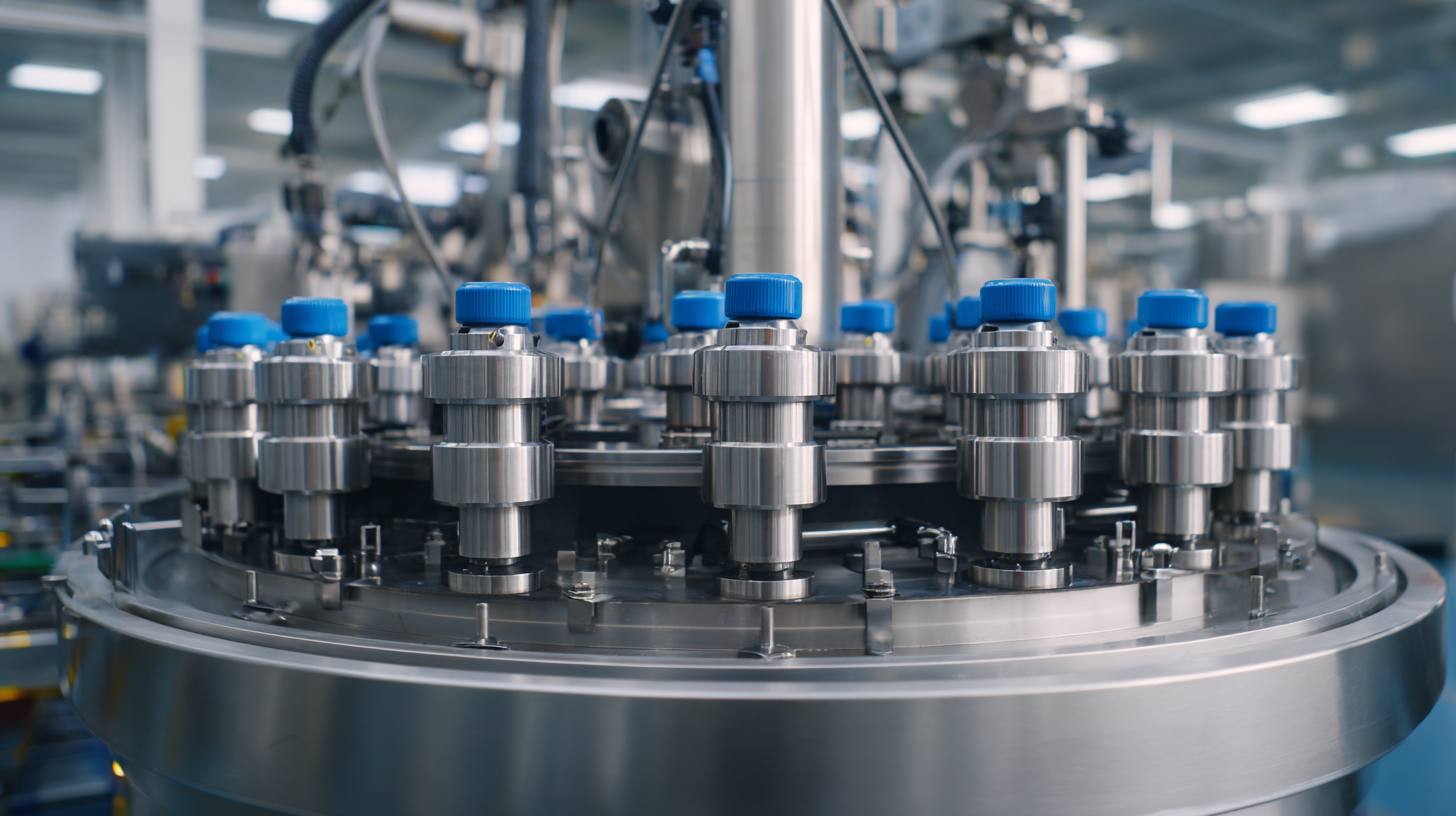ProMach is your partner from start to finish. Our product brands are grouped into distinct business lines that make the most sense to our customers, covering every function of the production line: Filling, Bottling & Capping, Decorative Labeling, Flexibles & Trays, Pharma, Handling & Sterilizing, Labeling & Coding, Robotics & End of Line, and Systems & Integration.
learn moreUltimate Checklist for Choosing the Best Filling Equipment for Your Business Needs
In today's rapidly evolving manufacturing landscape, selecting the appropriate Filling Equipment is crucial for businesses aiming to enhance efficiency and meet consumer demands. According to a recent report by MarketsandMarkets, the global filling equipment market is projected to reach USD 15.2 billion by 2026, growing at a robust CAGR of 5.3%. This growth signals an increasing reliance on advanced filling technologies across various industries, from food and beverage to pharmaceuticals.

As companies strive to optimize their production processes and ensure product integrity, a comprehensive understanding of their specific requirements is essential. This Ultimate Checklist for Choosing the Best Filling Equipment will guide businesses in navigating the complex options available, ensuring they invest in solutions that not only align with their operational goals but also provide a competitive edge in the market.
Key Technical Specifications to Consider in Filling Equipment
When selecting the best filling equipment for your business, focusing on key technical specifications is crucial to ensure efficient and accurate operations. One important aspect to consider is the filling capacity. Assessing your production volume requirements will help you determine the right filling machine that can meet your demand without compromising quality.

Another vital specification is the filling accuracy. Quality control is paramount, especially when dealing with liquids, powders, or granules. Choose equipment with advanced technology that provides consistent fill volumes to minimize waste and maintain product integrity.
Tips: Always check user reviews and case studies to gauge the real-world performance of the equipment you’re considering. Moreover, consider your product's characteristics, such as viscosity and pH level, as these factors significantly affect the type of filling technology you'll need—whether it’s volumetric, gravimetric, or piston filling. Make sure the equipment is also scalable, allowing for future expansion as your business grows.
Understanding Different Filling Methods and Their Technical Requirements
Choosing the right filling equipment for your business requires a clear understanding of the various filling methods available, as each method comes with its own technical requirements. According to a report by Freedonia Group, the demand for filling machines is expected to rise at a CAGR of 4.2% through 2024, highlighting the importance of selecting suitable technology to keep up with market growth. Businesses must consider factors such as the viscosity of the product, the required speed of production, and the level of automation desired.
Different filling methods, such as volumetric filling, gravimetric filling, and pump filling, offer distinct advantages. Volumetric filling is ideal for liquids with consistent viscosity, allowing for high-speed production and accuracy, as detailed in a study published by Allied Market Research. On the other hand, gravimetric filling provides greater precision for products with varying densities but might require more complex equipment. Understanding these technical specifications is crucial for making informed decisions that align with your operational needs and product characteristics.
Ultimate Checklist for Choosing the Best Filling Equipment for Your Business Needs
| Filling Method | Best for | Technical Requirements | Advantages | Disadvantages |
|---|---|---|---|---|
| Gravity Filling | Low viscosity liquids | Simple machinery, gravity flow | Cost-effective, easy to operate | Less precise for high viscosity |
| Piston Filling | Thick liquids and creams | Piston mechanism, airflow control | Accurate filling, adjustable volume | Complex maintenance, higher cost |
| Vacuum Filling | Foamy or volatile liquids | Vacuum assurance equipment needed | Minimizes foam and aeration | Higher setup costs |
| Pressure Filling | Carbonated beverages | Pressurized tank and filling nozzles | Fast filling rates, reduces foaming | Requires careful handling and setup |
| Aseptic Filling | Preserved foods and beverages | Sterilization system and cleanroom | Longer shelf life, avoids contamination | High installation and operation costs |
Evaluating Material Compatibility and Durability in Filling Equipment
When selecting filling equipment for your business, evaluating material compatibility and durability is crucial. According to a report from MarketsandMarkets, the global packaging machinery market is projected to reach $50 billion by 2025, highlighting the increasing need for specialized equipment that meets diverse material requirements.
Choosing materials that resist corrosion, contamination, and degradation can significantly affect the longevity of your filling equipment, ultimately impacting production efficiency and product quality.
Furthermore, different industries demand specific material compatibilities. For instance, food and beverage sectors require equipment made from stainless steel or food-grade plastics to adhere to health standards. A study by PMMI reveals that over 70% of manufacturers consider material compatibility as a top priority when investing in new machinery. Ensuring that your filling equipment can handle the chemical and physical properties of the products you intend to fill not only minimizes the risk of damage but also enhances overall operational reliability.
As businesses increasingly lean towards sustainability, selecting durable equipment that uses recyclable materials can also align with eco-friendly practices and consumer expectations.
Importance of Accuracy and Precision in Filling Technical Parameters
When selecting filling equipment for your business, the importance of accuracy and precision cannot be overstated. In industries where the target weight or volume must be met consistently, even minor discrepancies can lead to substantial financial losses and regulatory issues. High-precision filling machines minimize waste by ensuring that every bottle, jar, or container is filled correctly. This not only enhances product quality but also builds customer trust, as consumers expect uniformity and reliability in what they purchase.
Moreover, the technical parameters of filling equipment—such as the speed of operation, adjustment capabilities for different product viscosities, and automated calibration features—play a crucial role in maintaining accuracy. Selecting equipment that allows for easy adjustments and integrations with existing systems can enhance overall efficiency. Additionally, investing in machinery that offers real-time monitoring can help quickly identify and rectify any deviations during the filling process, ensuring that quality standards are consistently met. As businesses strive for excellence in their operations, focusing on these technical aspects is essential for long-term success.
Ultimate Checklist for Choosing the Best Filling Equipment
Cost-Benefit Analysis of Advanced Features in Filling Equipment
When deciding on filling equipment for your business, conducting a cost-benefit analysis of advanced features is essential. Advanced filling technology often comes with a higher initial investment, but these features can streamline operations, reduce waste, and improve accuracy in the long run. For instance, automated filling machines can increase production speed while minimizing human error, leading to significant savings over time. Always consider how these features align with your production demands and budget constraints.
Tip: Evaluate the potential return on investment (ROI) when considering advanced features. Calculate how much time and material can be saved with automation or precision filling. This will help you make an informed decision about whether the upfront costs are justifiable based on your production volume and product type.
Another factor to consider is the scalability of the filling equipment. Advanced machines that can adapt to varying production needs are invaluable for growing businesses. Investing in equipment with flexible capabilities may have a higher initial cost, but it allows you to accommodate future growth without needing to purchase new machinery.
Tip: Research equipment that offers modular features, enabling you to upgrade or modify the system as your business evolves. This adaptability can help mitigate long-term costs and ensure that your operations remain efficient and competitive.
